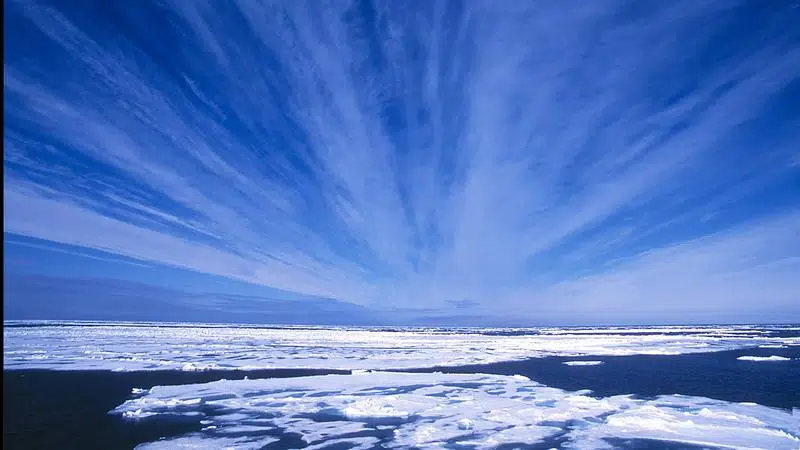
CHARBONNEAU: Five nations, one Arctic
CANADA, THE U.S., RUSSIA, DENMARK AND NORWAY lay claim to parts of the Arctic. It’s not a trivial matter; 30 per cent of the world’s gas reserves, 13 per cent of oil reserves, as well as iron and rare earth minerals lay beneath the rapidly melting icecap.
Science can inform the decision as to who owns what and diplomacy could play a role as long as the hotheads stay out of the way.
Cooperation has been a hallmark of Arctic operations in the past in areas of search and rescue and military coordination. But that was when the Arctic was covered with an impenetrable sheet of ice, out of sight, out of mind.
Who owned the seabed under Earth’s oceans used to be easy. In the 1600s, nations extended their territory the distance that a cannonball could be shot (three miles).


